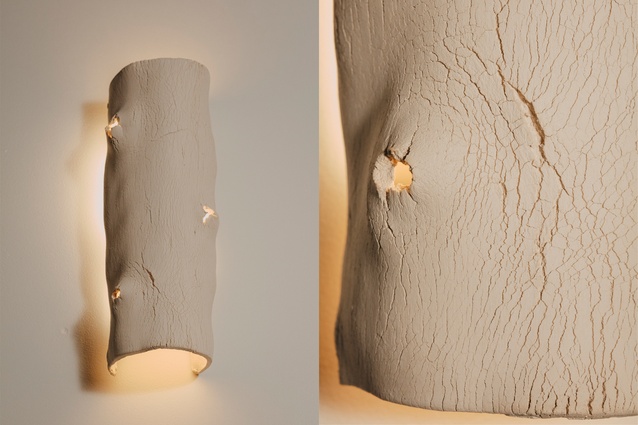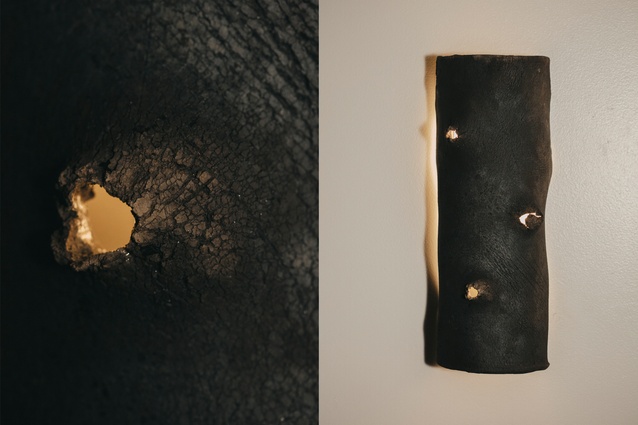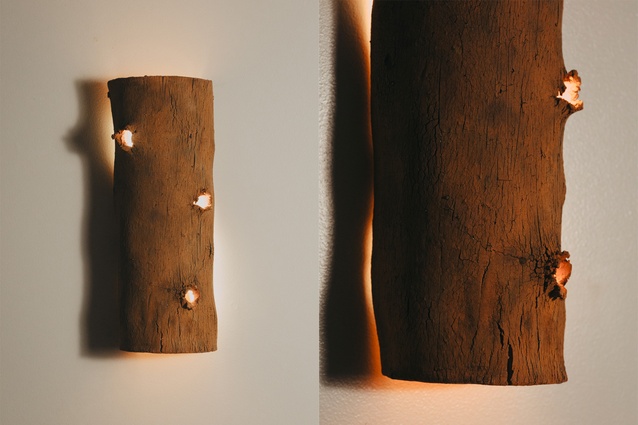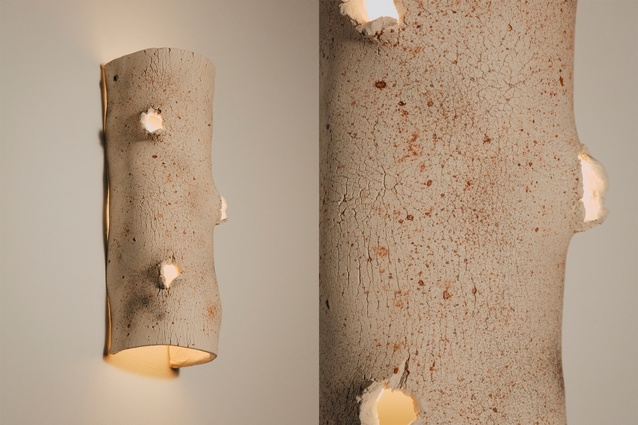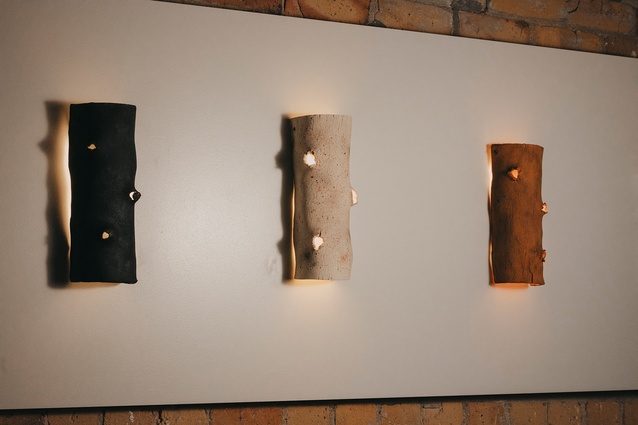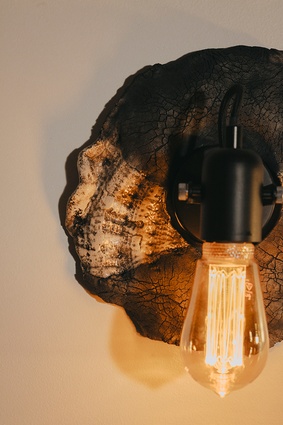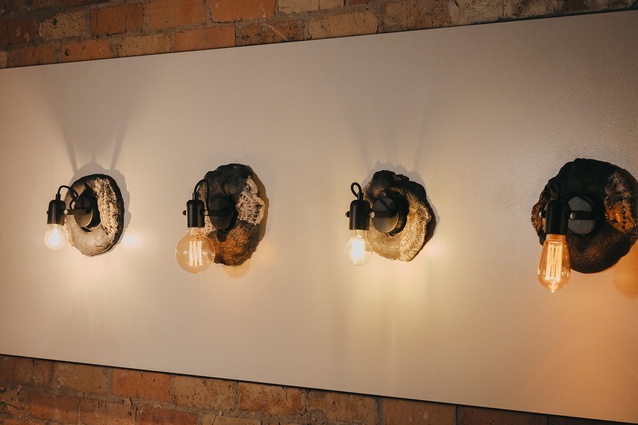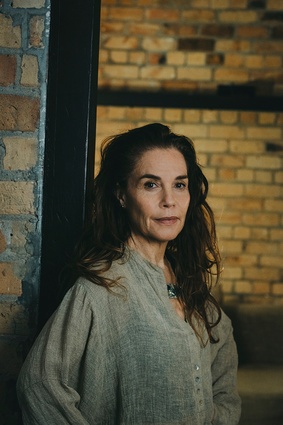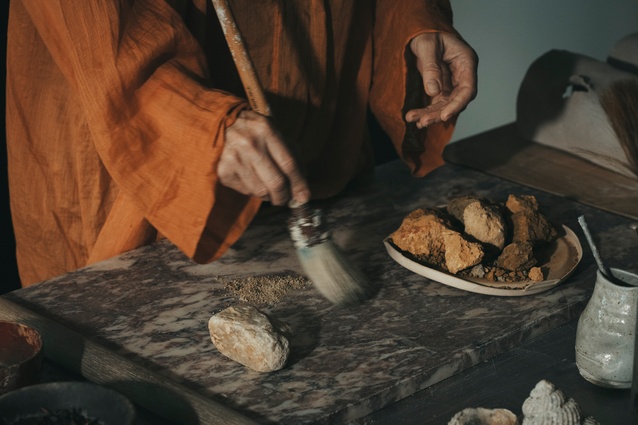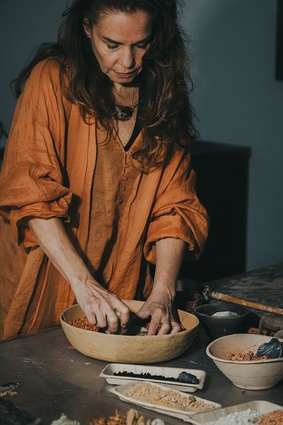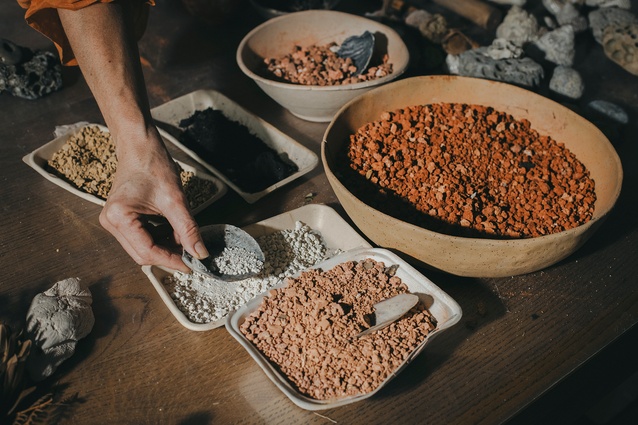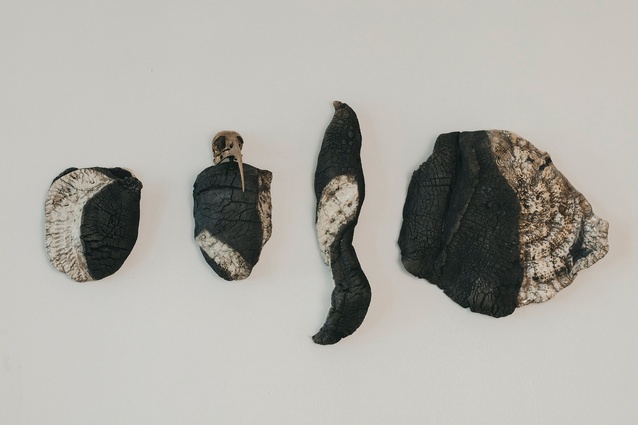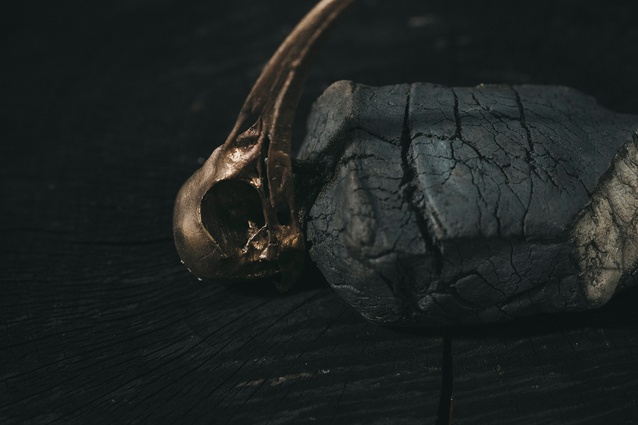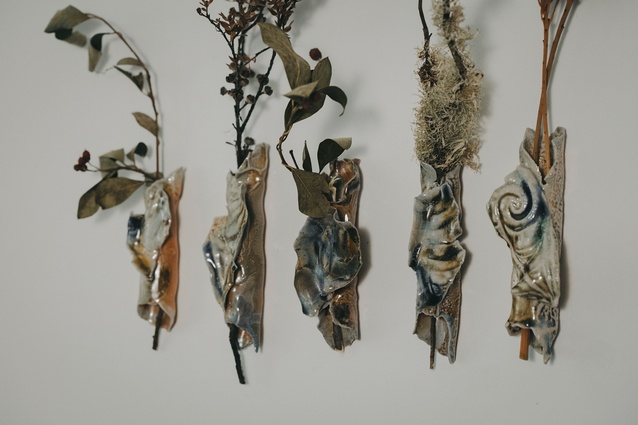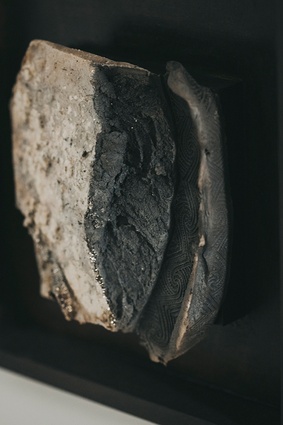Behind the Object: UKU light fittings
We talk to Amanda Kemp, a ceramic sculpture artist, about how māoritanga has instilled a connection to land, people and place into her new handcrafted collection of light fittings.
Jacinda Rogers (JR): You are known for your high-end wall sculptures and installations. Why have you navigated your way to a new collection of UKU light fittings?
Amanda Kemp (AK): Houses today are generally made from mass produced materials and therefore many look and feel, well, like dead little boxes. It may not be always realistic to incorporate more handcrafted organic materials into the build to bring it alive but it can I believe, be done in the detailing.
This is where I get really excited about exploring ways to put soul back into a home and I feel some forms of art that hold energy or ‘mau pūngao’ have the capacity to do this. Not just by nailing it to the walls but incorporating it into the build.
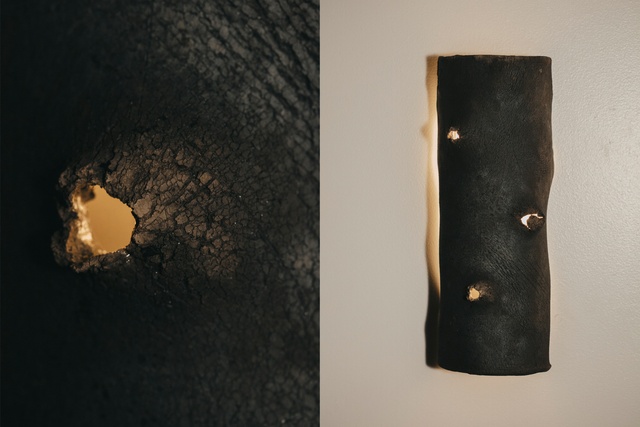
JR: Tell me more about these light fittings, how are they made?
AK: They are currently available in two shapes, round, and half cylinder but more shapes are to come. All UKU light fittings are hand built, so no two are the same and each are fired by the ancient methods of Pit, Soda or Raku. I individually choose the type of firing to suit which method will best enhance each piece.
So why buy a UKU light fitting rather than a commercially made one?
AK: Little everyday objects that hold energy in your home can be meaningful when you consciously connect with them. Drinking your morning coffee in a beautifully handmade coffee cup instead of a mass produced one feels worlds apart, right? It somehow nourishes the soul. It will feel the same every time you turn an UKU light on.
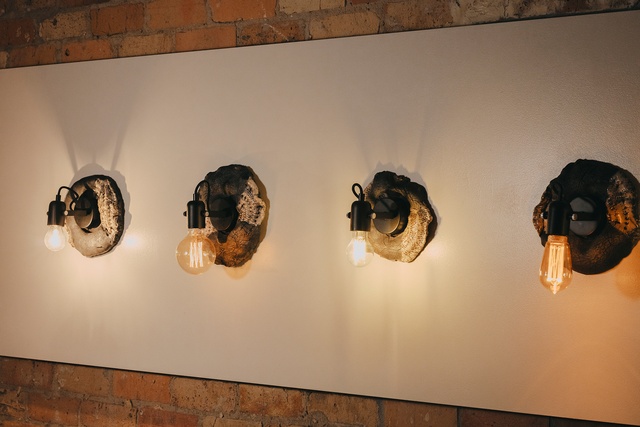
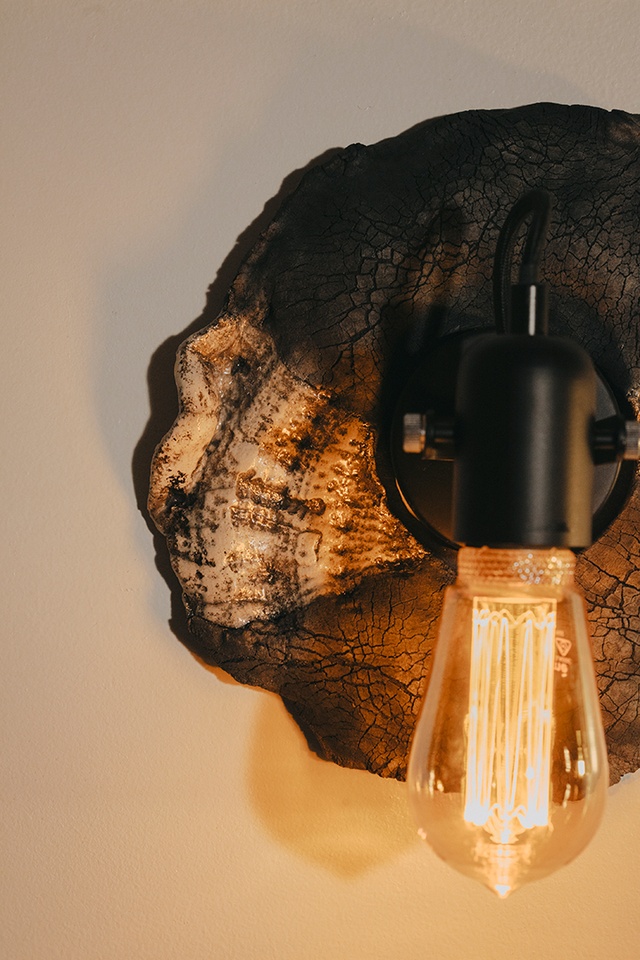
JR: So, are they light fittings or are they art?
AK: They are both. Simple everyday objects expertly handcrafted out of the norm, can often make the best artworks. Frank Lloyd Wright created beautiful artworks from everyday objects in his designs, right down to the coat hangers and carpet! His designs then merged seamlessly into one whole artwork. Most of us don’t have outrageous budgets to follow suit, but some beautiful, handcrafted detailing will go a long way.
JR: Are there more everyday art objects that can be incorporated into the home on the horizon?
AK: Yes, there are, it won’t stop at wall lights. I’m also creating lamps, whole feature walls and door handles. There are more UKU collections to come and I am really enjoying this new playful path.
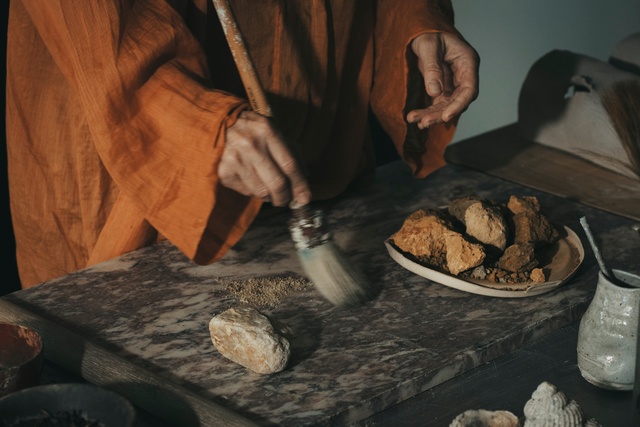
JR: Do you incorporate māoritanga culture into your work?
AK: Yes, I do. My ancestors are at the helm and my work demands it.
Many of my wall installations are made using hand dug clay from my whenua in Gisborne. When harvested, a karakia song is preformed. Whakataukī proberbs are written in natural oxides. Abstract carving images, come from my marae. They weave their way into my work and ground there.
I am creating work that will make a house feel more like a home, a home in Aotearoa.
About the maker:
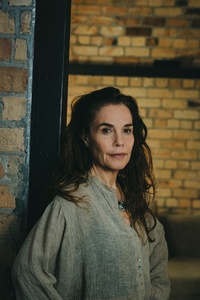
No Rongowhakaata, Te Aitanga-a-Māhaki, Ngai Tāmanuhiri te iwi, Ko Amanda ahau.
Amanda Kemp has worked as an artist both in Aotearoa and Europe, and over a 30-year period has perfected working in multiple mediums.
She specializes in hand-built ceramic sculpture, often in the form of wall installations.
Her work is very intuitive and energy based. She believes if the materials and methods of making are respected, the mau pūngao holding energy is retained in the artwork.
She therefore prefers to use natural materials such as wild clay and oxides, and methods of making that require the elements (fire, earth and water) in her processes.
Amanda’s work is deeply localized to her whenua home land but is also expansive in spirit. Her touch stone is the dynamic between light and shadow in our human experience, which expands to all.
Ruku i te pō, ruku i te ao.
Delve into the dark, emerge in the light.
For more information on UKU light fittings, and to view other objects crafted by Amanda, head to uku-amandakemp.com and follow UKU on Instagram and Facebook.

